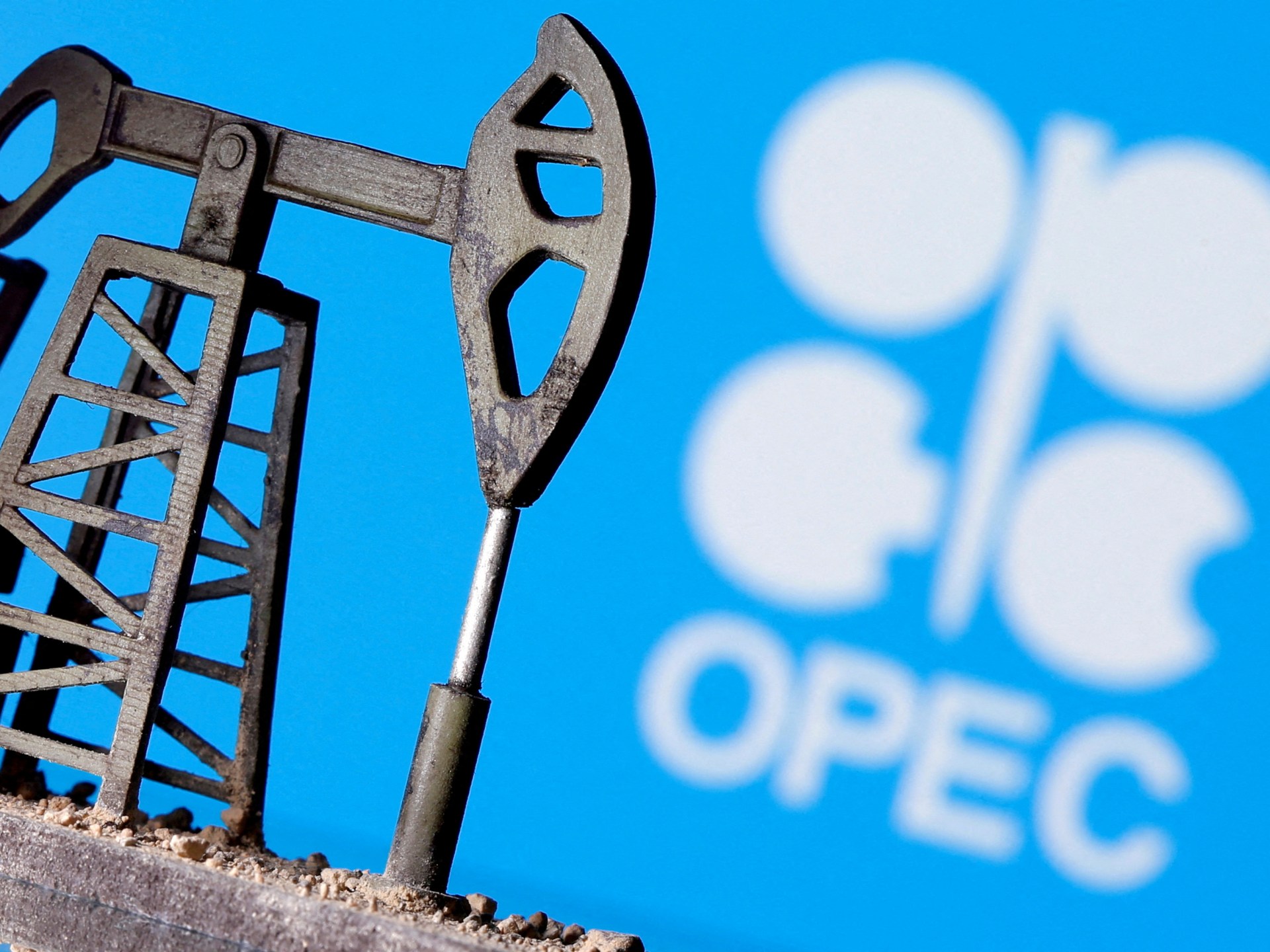I'm not sure if we've discussed vertical bifacial solar before, but I think it is quite relevant to the Seba idea of superabundant power.
This study compares 3 different ways of orienting solar panel.
I-S, inclined south is the conventional fixed orientation. It maximizes production over the year.
V-EW, vertical east-west maximizes power near sunrise and sunset. This can minimize the need for batteries to handle these times.
V-NS, vertical north and south facing maximizes solar production in winter. This has the least energy production over the whole year, but is is just about 10% less than I-S.
V-NS is counterintuitive. Why give up 10% of annual production? But given that power prices for solar can be much higher in winter than summer, this can easily compensate. V-NS underperforms the alternatives from April to September, but it clear beats them all from October to February.
January is the worst month for solar, in this month V-NS generates about 50% more energy than I-S.
Seba's theory focuses on building up sufficient RE and storage resources to cover the most challenging week of the year. V-NS solar becomes really valuable at this time. It may give you narrow spikes of generation, so you'll want lots of battery storage to capture that. But among solar options, it can provide the most reliable charging resource. This reliability makes those tied batteries more valuable. You don't want batteries idling in January for lack of solar energy. This in turn helps to minimize how much storage is needed to do seasonal balancing.
It's also true that solar module are becoming super cheap. Conserving cost on interconnection and inverter capacity relative to panels makes sense and is consistent with tying V-NS with batteries.
Bottom line, I think that as grids approach solar saturation most of the incremental solar will be V-NS.




